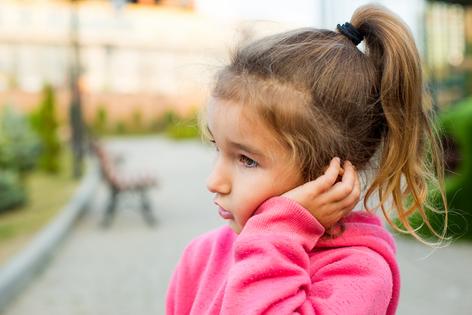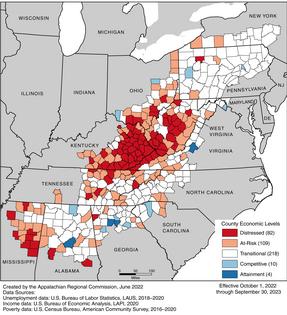No, it's not just sugary food that's responsible for poor oral health in America's children, especially in Appalachia
Published in News & Features
Brushing your teeth is essential for maintaining optimal oral health, but like most aspects of health, the full story is more complicated.
As directors of the Center for Oral Health Research in Appalachia, we know firsthand that inequalities exist when it comes to oral health, including in children. Some people or groups have considerably more oral health problems than others because of a combination of factors beyond personal dental hygiene.
For example, Appalachia – which stretches from the northern part of Mississippi, Alabama and Georgia up through the southern part of New York, and includes all of West Virginia – has one of the greatest burdens of oral health problems per person in the U.S.
October is National Dental Hygiene Month, which provides an opportunity to draw more attention to this chronic but often preventable problem.
While the terms dental hygiene and dental health are largely focused on the teeth and gums, oral health is more comprehensive. According to the FDI World Dental Federation, oral health encompasses the proper functioning of the mouth, including one’s “ability to speak, smile, smell, taste, touch, chew, swallow and convey a range of emotions through facial expressions” without pain or discomfort. Oral health affects not only a person’s teeth but also overall well-being and quality of life.
Tooth decay affects children all across the U.S., but far too little attention is paid to how preventable and treatable it is. Cavities, or caries, are the most common chronic disease in kids – five times more common than asthma and seven times more common than environmental allergies, despite being preventable. More than 40% of children have tooth decay when they start kindergarten.
However, people who have less formal education or lower incomes, marginalized ethnic and racial groups and those living in more rural areas, such as Appalachia, tend to have more oral health problems than others, and at younger ages. The greater prevalence of childhood tooth decay in specific populations is not only an inequity but also a serious public health problem. Oral health problems early in life extend into adulthood and can be lifelong.
It’s a common misconception that consuming sugary foods and beverages is the only cause of tooth decay. While that is undoubtedly a problem, there’s much more to good oral health. It includes consistent brushing and flossing; eating healthy foods, like fresh fruits and vegetables; avoiding tobacco products; and wearing mouth guards while playing certain sports. Regular visits for dental care are also critical, as they provide an opportunity for cleanings and preventive care.
Oral health in kids is a reflection of their overall health and that of their families; however, in addition to behavioral and social influences, genetic and other biological factors are also at play. For example, genes influencing taste preferences – such as those for sweet foods – are associated with cavities on certain teeth and surfaces of teeth. It’s possible that our taste genes predispose some of us to prefer consuming sweet foods and drinks, which is a risk factor for developing cavities.
Bacteria and other microorganisms in the mouth, known as the oral microbiome, also play a role. Some parts of the oral microbiome are beneficial and even required for good oral health. Other bacteria are invaders that can lead to oral diseases.
...continued













Comments